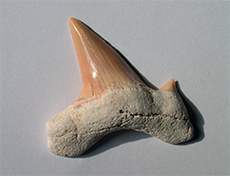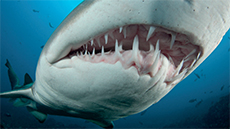




| Home | Features | Club Nights | Underwater Pics | Feedback | Non-Celebrity Diver | Events | 26 April 2024 |
| Blog | Archive | Medical FAQs | Competitions | Travel Offers | The Crew | Contact Us | MDC | LDC |

|

|
 
 |
  ISSUE 18 ARCHIVE - DIVING DENTISTCelehte FortuinOnce upon a time (present day), ina land far, far away (Australia), the bravest Scuba Diving Dentist (me) set out on perilous journey through space and time (32 hour flight, 3 countries, 2 aircraft) to discover hidden treasure (mainly teeth in need of rescuing) and explore uncharted waters teeming with Unidentified Scary Things (the well trodden paths of the Great Barrier Reef). Her Mission: Aim 1: Report back to her Superiors in the Mother Country (Tanked Up) in a timely fashion (failed) and expand on their knowledge of this vast and wild land so that they could conquer and be a prosperous nation (been there done that, mission accomplished!). Aim 2: Sacrifice the riches of the land and go in search of the biggest scariest most toothy sea animal (sharks) and train it to become the most compliant, dentist loving, regular flossing patient ever (Uhm...ok... I didn’t read the fine print, but I’ll try). After arriving in the Land Down Under it took me no time at all to sink my teeth into dentistry again. The sad news is that after 2 months I have yet to sink into a body of water with my Scuba gear. Oh well, back to the teeth. Q: My son Johnny has always been a slow developer in the tooth department and had his adult teeth comingthroughbehindthebabyteeth.Heistenyears old now and wants to follow in Dad’s footsteps and start scuba diving as soon as he can. He still has two rows of front teeth though and looks like a shark! What should I do about this? DD: It can be pretty scary looking at Johnny seeing two rows of menacing teeth ready to snap off a finger if you’re not careful. This condition where the adult teeth erupt behind the baby teeth due to over-crowding is indeed called Shark Teeth in Children. This is a fairly common condition, affecting about 10% of kids in the mixed dentition phase. It typically lasts between the ages of 5-13years old, but can often be longer in kids with delayed eruption patterns like your son. There are mixed views as to treatment of this situation. In many cases, as your child’s skeleton and face grows and the teeth follow their normal eruption pathways, the adult teeth will eventually tip forward and push the baby teeth out of the jaw arch, resulting in the well known mobility and loss of baby teeth allowing for good alignment of the adult teeth. I would, however, recommend an orthodontic visit to assess the overall crowding and developing of Johnny’s adult teeth in the jaw bone and if necessary, to do a carefully planned extraction programme. Should he be required to wear braces due to the crowding, the diving should not be affected at all as the teeth and braces cannot be compressed. A little care should be taken with the mouth piece, but generally this does not impede upon the diving experience itself. On the up side, at least going snorkelling now, should he run into a shark, he’ll be safe. The well recognised shark teeth condition will probably evoke a maternal response from said shark, followed by a big bonding session with the result you may end up with an overly protective pet shark. It could be worse right? Here are some other interesting facts about your pet shark’s teeth:
In my quest for excellence and in the name of research, I will continue with my mission as stated, and start, in earnest, my “taming of the shark” experiment. Wish me luck and until next time – Safe diving and happy flossing! PS: Celehte can still be found singing, drilling and diving away at her new practice in Brisbane. Find her on Facebook. Previous article « Practical Guide to Northern Ireland Next article » Best Dive, Worst Dive Back to Issue 18 Index |